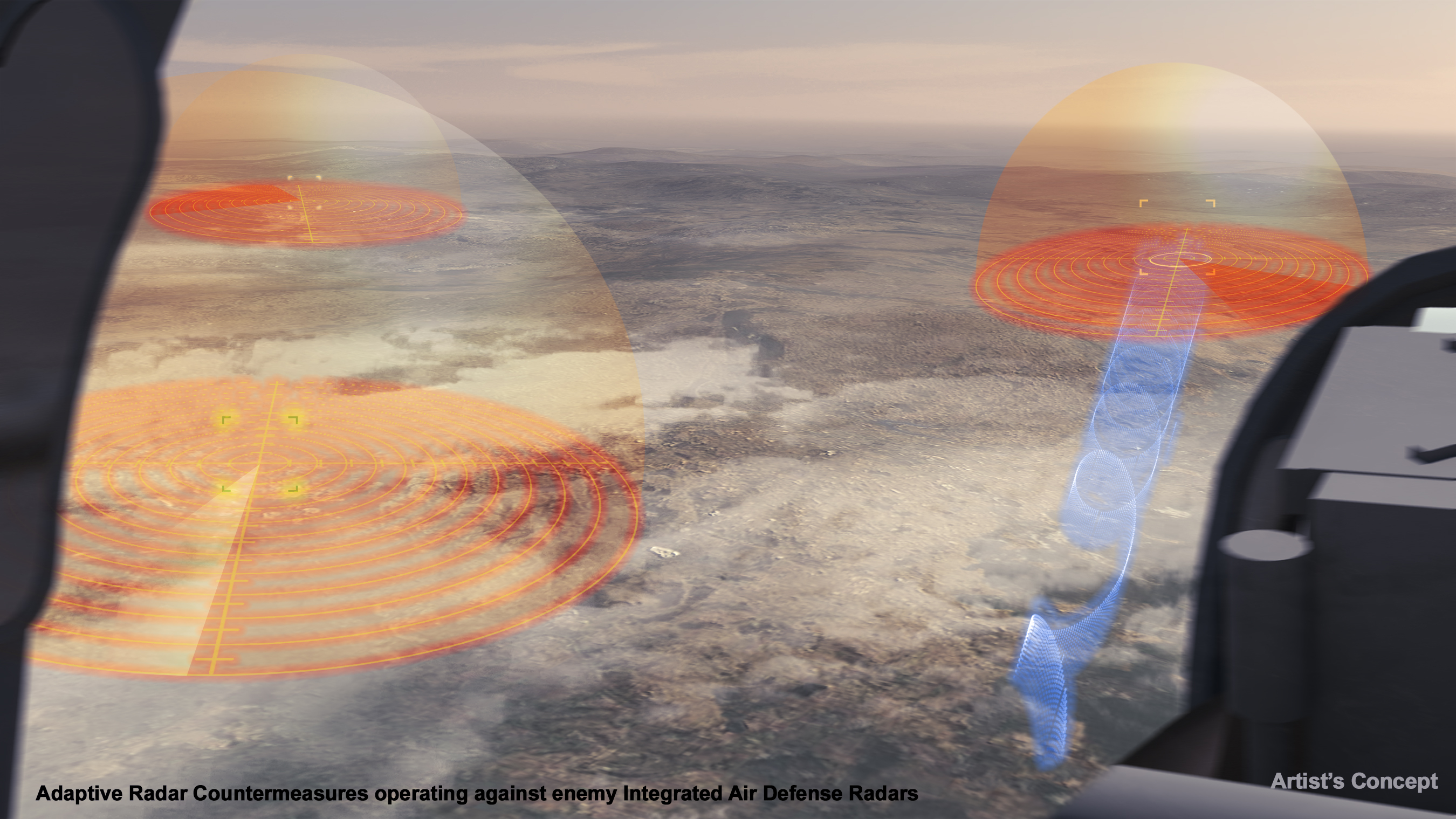Interesting project but in the futur...
For MK-41 versions :
Mk 41 self-defense version, 5.3 m depth
MK 41 tactical version, 6.8
MK 41 strike version, 7.7 only version can receive Tomahawk
Use Standard 1, 2, 3, and 6, Tomahawk, VL-ASROC, Sea Sparrow, and ESSM but SM-3/6 6.5 m too long for Mk 41 self-defense version.
Also can' t receive SM-1 or 2 ER too long also 8 m this is why USN have retired this missiles when ships with rail missile launchers retired. USN use actually SM-2MR Block IIIB, 4.7 m,
I don't know why MK-41 can't use Harpoon no too long then fin's too large or electronic problem/not compatible ? if Jeff can explain you interesting.
We have need a thread on VLS, "old" launchers can be interesting also radars, i think.
For MK-41 versions :
Mk 41 self-defense version, 5.3 m depth
MK 41 tactical version, 6.8
MK 41 strike version, 7.7 only version can receive Tomahawk
Use Standard 1, 2, 3, and 6, Tomahawk, VL-ASROC, Sea Sparrow, and ESSM but SM-3/6 6.5 m too long for Mk 41 self-defense version.
Also can' t receive SM-1 or 2 ER too long also 8 m this is why USN have retired this missiles when ships with rail missile launchers retired. USN use actually SM-2MR Block IIIB, 4.7 m,
I don't know why MK-41 can't use Harpoon no too long then fin's too large or electronic problem/not compatible ? if Jeff can explain you interesting.
We have need a thread on VLS, "old" launchers can be interesting also radars, i think.
Last edited:










